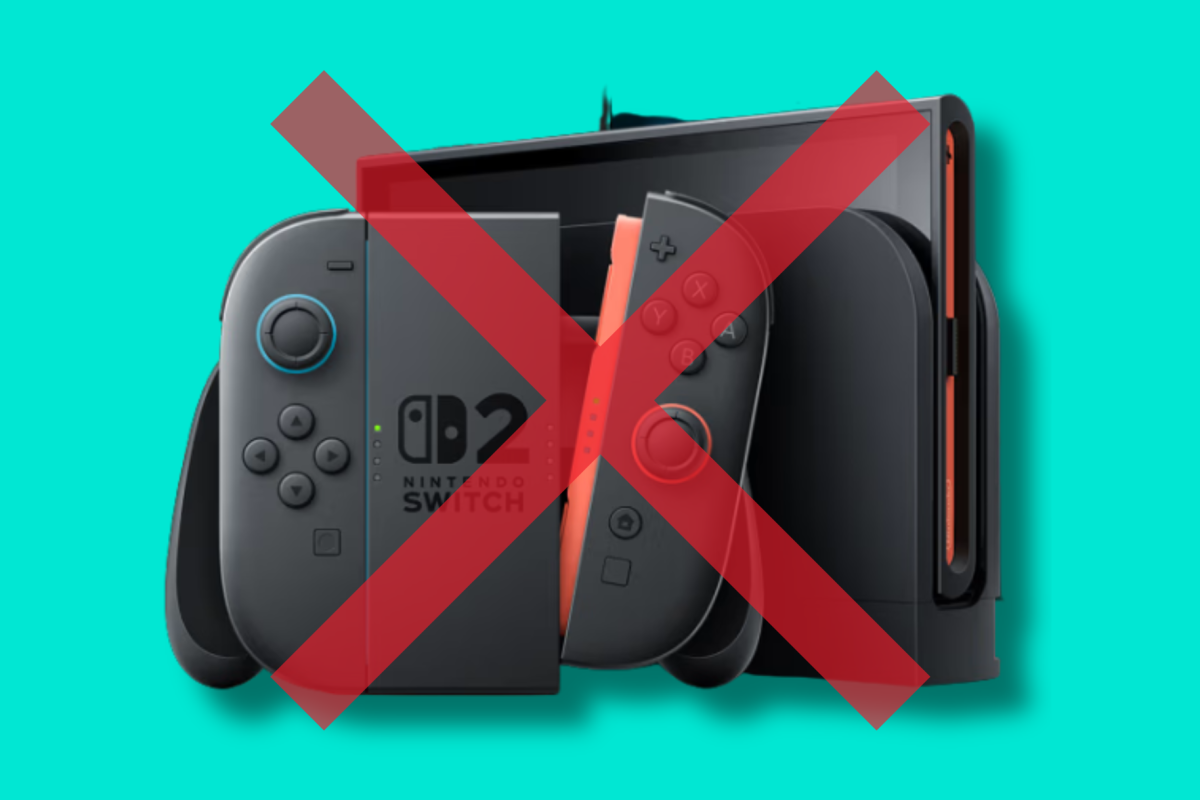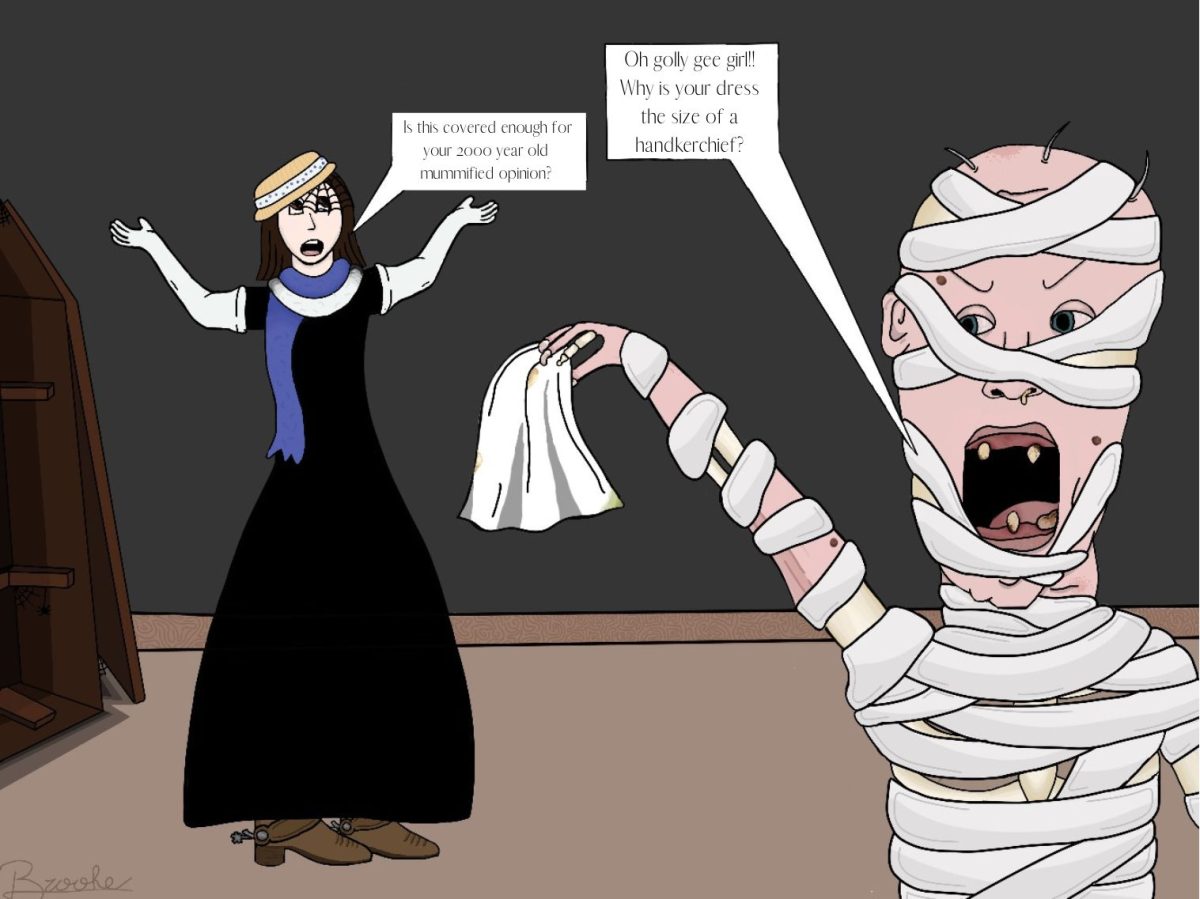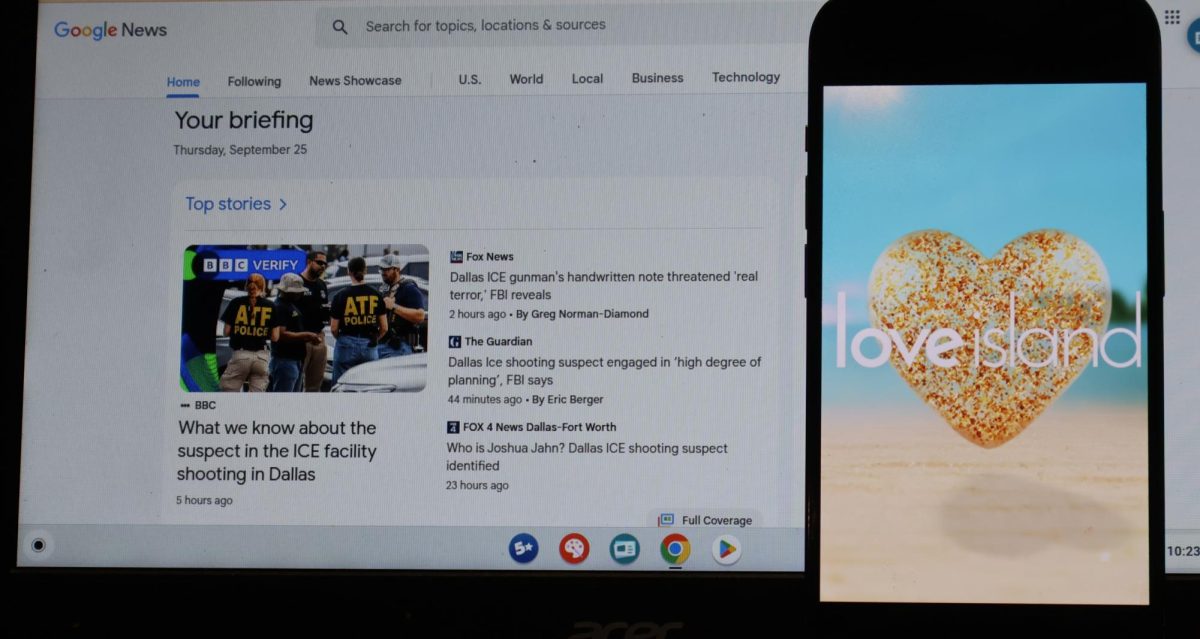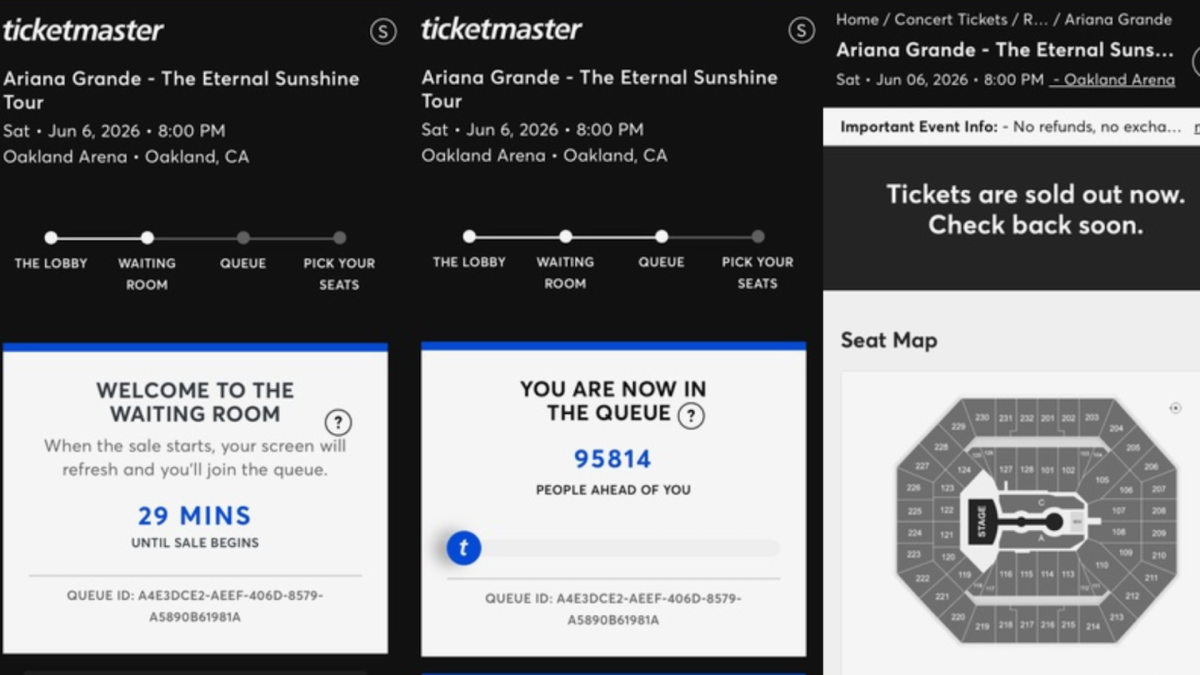One of my favorite parts of booting up a brand new video game is the character customization screen. Each time I was met with the various facial options, I’d choose the somewhat bushy eyebrows, the large nose, and the soft smile so there is at least some real-life resemblance. I add streaks of purple into my brown-black hair because I can only rock that style in fictional worlds. Maybe I make my irises pink or blue, and depending on the game, I either make myself much more adorable or much more edgy than the overwhelming average person I am. It’s euphoric in the sense that I can become the person I “truly” want to be, without the judging eyes of others nor the future cringe that comes with making poor decisions.
But before I select all of those appearance options, there is one obstacle I have to face first: the skin tone selection. My first problem is that more often than not, there is a lack of options. There’s white, even more white, brown, a darker brown, and then there are the “in-between” varieties (if I’m lucky to have them in the first place). There’s always one that makes you look incredibly sunburnt, and one that makes you look like a zombie; I don’t feel like I embody either of those options. As a Filipino American, it hasn’t taken me all eighteen years of my life to realize that southeast Asians are not the most represented region in the world.
My second problem is this: if I don’t naturally gravitate towards a select skin tone, which one do I pick? Because, ultimately, I have to choose something in order to play the game.
So I start to look at the “selfies” mushed into my phone’s camera roll in an attempt to find which of the options would fit me best, but even then, I’m confused. With a faint sunrise in the background, there’s not much warmth in my face, but if I directly face the sun, I look like an orange. Hotel lighting on the other hand makes me look like an olive. In classrooms, my forehead and cheeks are paler than usual. Putting the photos together, it feels like there are different versions of myself staring back at me, and it makes me uncomfortable. I hate how the lack of skin color variations in video games—and media as a whole— has forced me to resort to finding my “true” skin color, but in that search itself, I’m lost. Yet, I’m still forced to pick.
I click on one of the darker skin color options just to move on, but it doesn’t sit right with me. I don’t feel like myself. I move to one of the lighter options, and it’s only then that I strangely started to feel “better about myself.”
That’s my third problem: I’ve become blind to what my actual skin color is thanks to the whitewashing I was subjected to during my childhood. I spent my elementary days swimming in our backyard pool, the sun shining right into my eyes, until my mom started only making me swim after the sun had already set. I would scrub my dark skin with the orange bars of soap imported from the Philippines that she gave me in an attempt to make it lighter. I would get called “dark” and “tan” by my family members as though it was such a bad thing to be. I notice how dark my skin is compared to my older sister’s much fairer one, and I wonder if the days I spent at the pool were really worth it. My upbringing has ingrained into me the belief that the lighter skin option is the “best option,” hence is why when it comes to video games, I naturally gravitate towards the paler choices.
I stare down at the hands I use to play these games and I realize that I don’t know who I am anymore. My arms are dark but my palms are pale. Under certain light bulbs, I do look like a zombie, and with the camera flash on, I do look sunburnt. I wish that video games offered more inclusive character customization options, and at the same time, I wish that my family’s colorism didn’t radiate onto me at such a young age. If I could go back to that young girl with straight cut bangs and a purple swimsuit, who played Minecraft and Roblox with white character skins, I would tell her that her tan skin is beautiful. That there’s nothing wrong with it, that she doesn’t have to conform to her family’s prejudice that light is “good” and dark is “bad.” She can set a different standard for herself.
Before I officially press the “play” button, before I alter my appearance so much that I don’t recognize the character I have created, I have to select my skin color. I pick the tan one, and I move on.



![Working in the Student Success Office, Attendance Secretary Lordis Depiazza inputs a student’s absence excuse note. Students are required to bring an excuse note to the attendance office within three days of any absence. “Reminding students that being in school is important because it reflects towards your grades and being able to do any activities with the school,” Depiazza said. “[It] seems to get the students' attention about wanting to be in school.”](https://southwestshadow.com/wp-content/uploads/2025/10/IMG_8313-1200x800.jpg)

![Squaring up to a practice dummy, sophomore Cypher Andres prepares to throw a punch. Dummies are regularly used to help him prepare certain hits to take his opponents down. “[Boxing dummies help me practice] because it’s basically a model of the body,” Andres said. “It helps with accuracy, such as pressure points behind the ear, and a clean liver shot can end the fight.”](https://southwestshadow.com/wp-content/uploads/2025/10/IMG_5728-e1759850486200-1200x864.jpg)

![Arranging the fabric on the floor for a new project, senior Sapphyre-Ann Leung plans out her attire for the next deadline. With the recent closures, students now had limited resources and less margin for error with the fabric and materials they had in stock while trying to reach strict deadlines. “Joann’s had a lot of high-end fabric for our fashion competitions,” Leung said. “We couldn’t just buy ten yards of fabric from Hobby Lobby or Walmart. Since [Joann Fabrics] is no longer open, we have to buy items online, which is way more expensive.”](https://southwestshadow.com/wp-content/uploads/2025/10/IMG_0038-1200x800.jpg)





